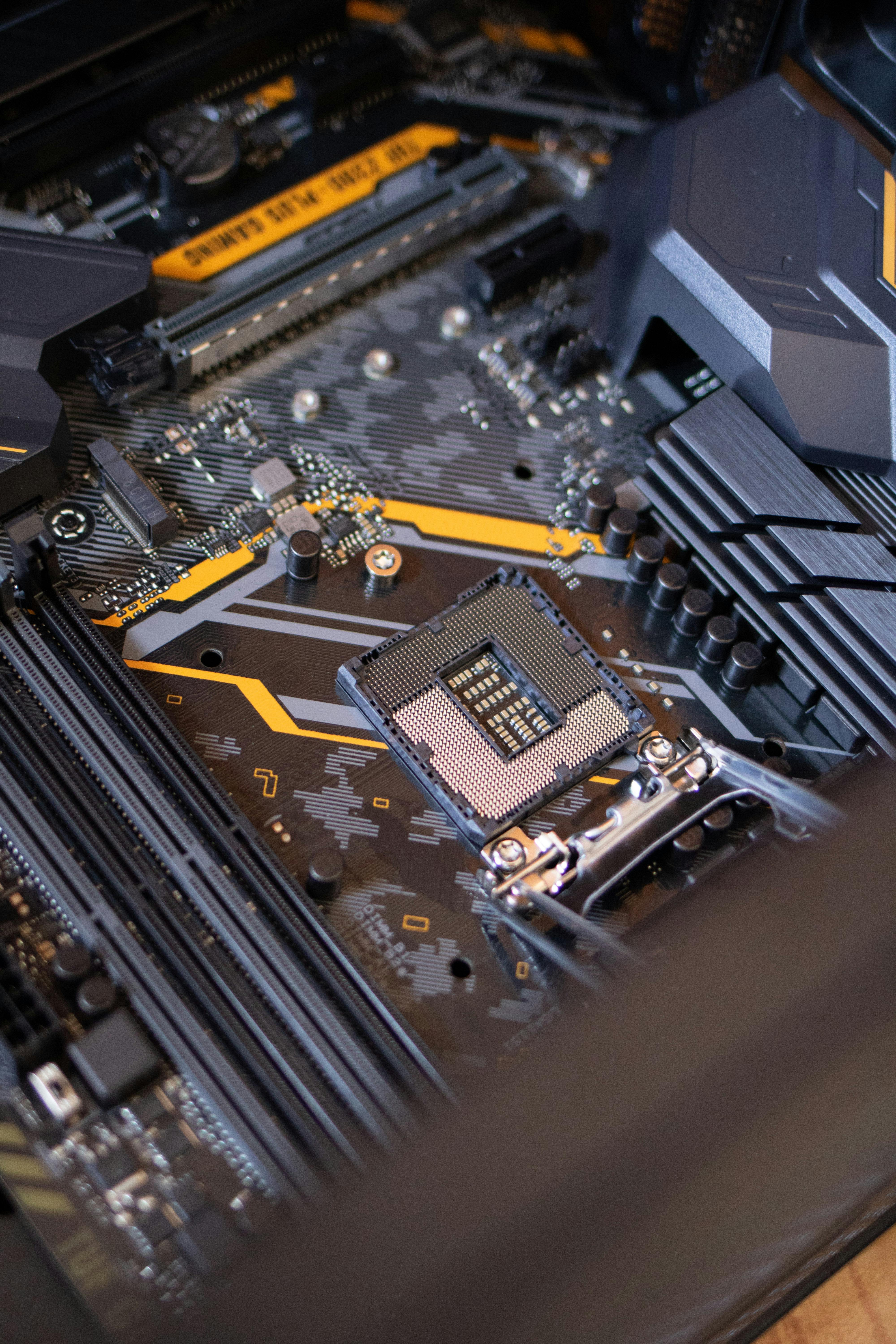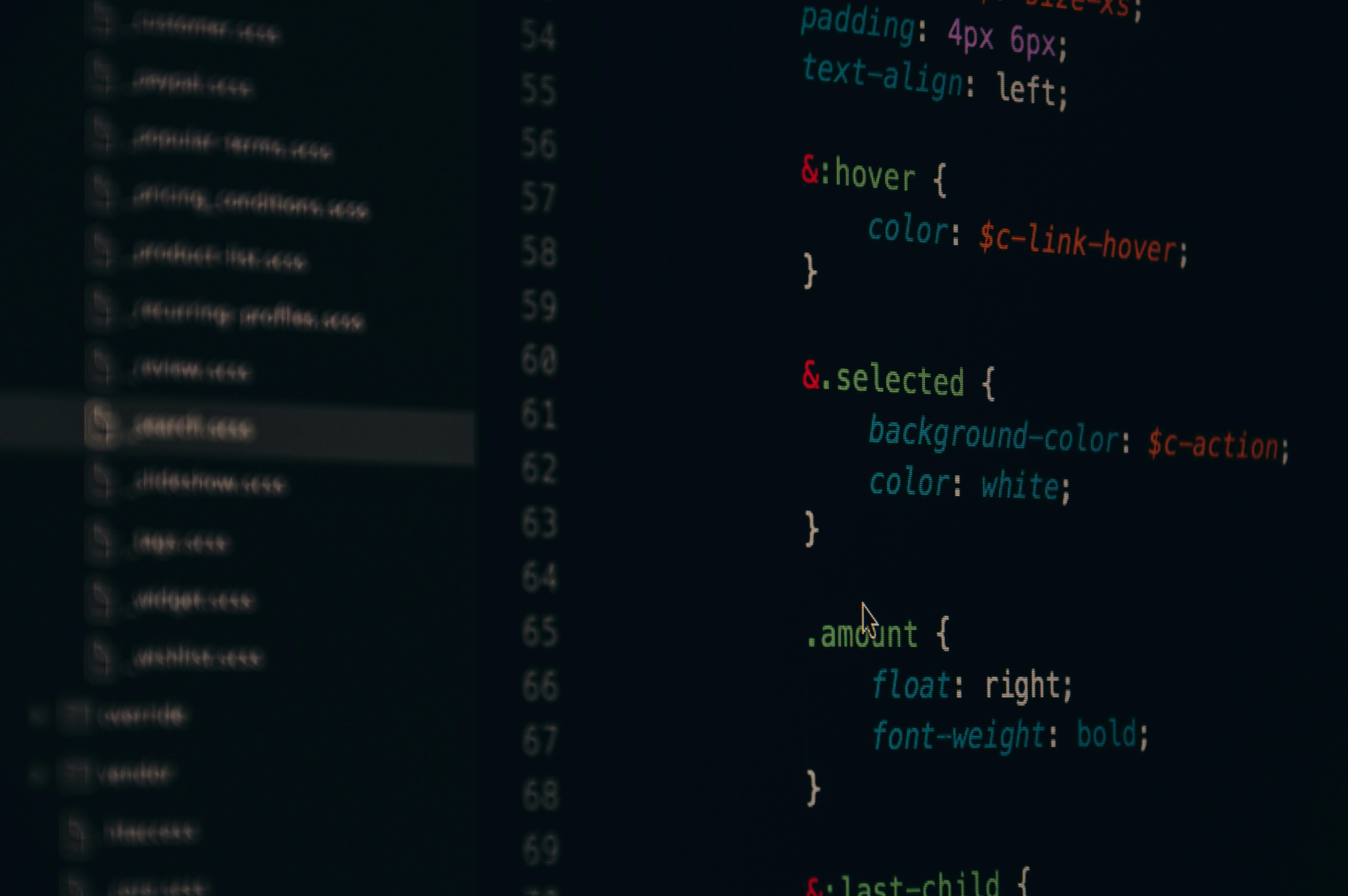Have you ever been intrigued by Artificial Intelligence Technology? It's this incredibly cool sector of technology where machines emulate human actions, such as thinking and learning. Picture your computer or smartphone not just following commands but understanding and making choices! This aspect of Artificial Intelligence Technology is powered by two main components: hardware and software. The hardware consists of the physical elements you can touch, akin to your computer's brain, while software is the series of codes that instruct the hardware on its tasks.
Reflecting on Artificial Intelligence Technology's history reveals its gradual evolution from basic machinery to the advanced gadgets we utilize today, similar to the evolution from simple games like 'Pong' to the highly realistic video games of the current era. Each technological advancement has seamlessly integrated Artificial Intelligence Technology more deeply into our daily lives.
This article delves into the foundational elements of Artificial Intelligence Technology. From its inception to future prospects, we'll uncover how hardware and software synergize to forge machines capable of learning and reasoning. Ready to delve deeper into Artificial Intelligence Technology? Let’s embark on this journey!
AI Hardware: The Foundation of Intelligence
Delving into what fuels Artificial Intelligence Technology, it's clear that the essence lies not merely in possessing the fastest computer but in having the appropriate computational power for the task. The domain of AI hardware is championed by three key players: Central Processing Units (CPUs), Graphics Processing Units (GPUs), and Tensor Processing Units (TPUs), each bringing unique capabilities to Artificial Intelligence Technology tasks.
CPUs are the versatile workhorses, managing a spectrum of tasks from simple clicks to running applications, making them indispensable for a broad range of activities. However, when it comes to Artificial Intelligence Technology, CPUs often serve as the jack-of-all-trades but master of none, capable yet sometimes slow.
Enter GPUs, initially designed to enhance video game visuals but now pivotal in training AI models, thanks to their adeptness at performing numerous calculations simultaneously. If CPUs are the reliable type, GPUs are the speed demons, accelerating the Artificial Intelligence Technology training process like a turbocharged engine.
Then, we have TPUs, specially crafted by Google for Artificial Intelligence Technology tasks, emphasizing efficiency and speed for specific operations. For large-scale AI projects requiring rapid data processing, TPUs are the indispensable tools.

Moreover, the advent of quantum computing introduces a novel paradigm in computing, leveraging quantum mechanics principles to vastly surpass current Artificial Intelligence Technology capabilities. Quantum computers, with their ability to perform numerous operations simultaneously, herald a potential revolution in AI, capable of addressing complex problems in moments that would take conventional computers years.
Thus, the hardware landscape of Artificial Intelligence Technology, from the versatile CPUs to the swift GPUs and the specialized TPUs, each plays a pivotal role in the advancement of AI. With the horizon expanding to include quantum computing, the future possibilities for Artificial Intelligence Technology are boundless.
AI Software: Programming the Future with Precision
Having touched upon the vast realm of AI software, let's dive deeper into the tools that animate Artificial Intelligence Technology—specifically, TensorFlow, PyTorch, Keras, and adding another titan to the mix, Scikit-learn. These libraries are the powerhouse behind AI, enabling everything from crafting neural networks to conducting data analysis.
TensorFlow, a brainchild of Google, emerges as a versatile toolkit for machine learning within Artificial Intelligence Technology, enabling the development of intricate neural networks. PyTorch, born from Facebook's innovation labs, smoothens the transition from research to production with its dynamic computational graph, proving invaluable for experimental research. Keras, building upon TensorFlow, simplifies neural network creation, democratizing access to Artificial Intelligence Technology. Scikit-learn stands as the stalwart for traditional machine learning tasks, providing a robust toolkit for data analysis and modeling.

Uniting these formidable libraries with compatible hardware constructs a harmonious AI ecosystem. Each element, from TensorFlow’s adaptability to Keras’s simplicity, is instrumental in pushing the boundaries of what machines can learn and achieve, continuously expanding the capabilities of Artificial Intelligence Technology.
Bridging Hardware and Software in AI Systems
Merging the innovative tools with potent hardware propels the growth of Artificial Intelligence Technology, creating systems of remarkable efficiency and intelligence. This combination is akin to the perfect pairing of ingredients in a gourmet recipe—excellent individually but phenomenal together.
Custom AI chips, such as TPUs and the latest GPUs engineered by giants like Google and NVIDIA, are designed to tackle AI tasks with unmatched efficiency, optimizing Artificial Intelligence Technology systems for rapid learning and decision-making.
Furthermore, edge computing introduces a transformative approach by decentralizing data processing, bringing the computational power of Artificial Intelligence Technology directly to local devices for faster responses and enhanced privacy.
Achieving seamless operation of these advanced AI technologies necessitates standardized communication protocols, ensuring interoperability across diverse devices and applications, simplifying development, and enhancing user experiences across the Artificial Intelligence Technology spectrum.
By synergizing the appropriate hardware with cutting-edge software, Artificial Intelligence Technology transcends its role as a mere facet of our digital existence, integrating seamlessly into our daily routines and transforming the realms of possibility into tangible reality.
Conclusion
Our exploration of Artificial Intelligence Technology, from its core components to its profound impact on our world and the potential it holds for the future, illustrates the dynamic journey of AI. As we anticipate the innovations and challenges on the horizon, the narrative of Artificial Intelligence Technology continues to unfold, promising a future where technology not only enhances our capabilities but also enriches our understanding of the possible.
Embracing this journey, with its myriad opportunities and hurdles, underscores the collective endeavor to harness Artificial Intelligence Technology in shaping a future that reflects our highest aspirations. As we venture forward, the unfolding story of Artificial Intelligence Technology stands as a testament to human ingenuity and the ceaseless quest for advancement.

